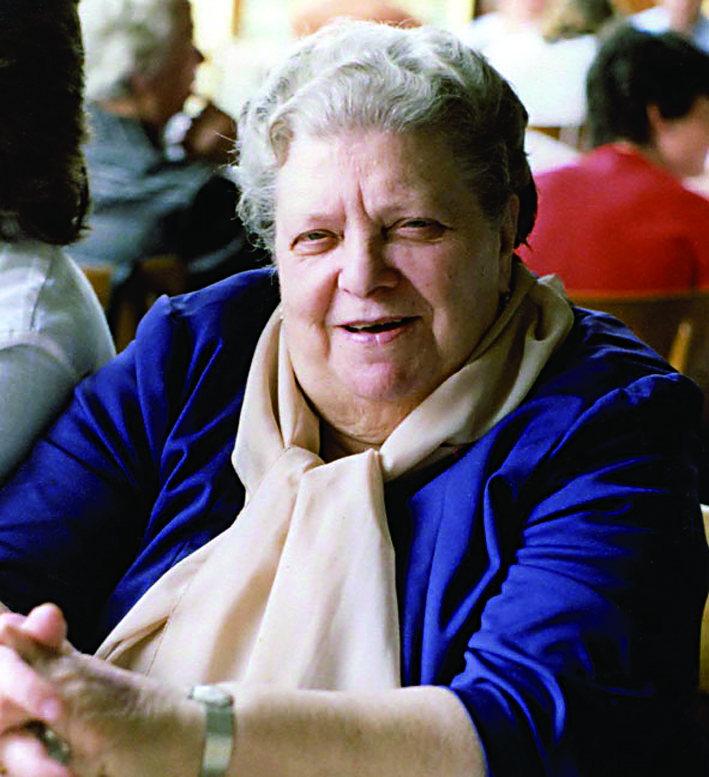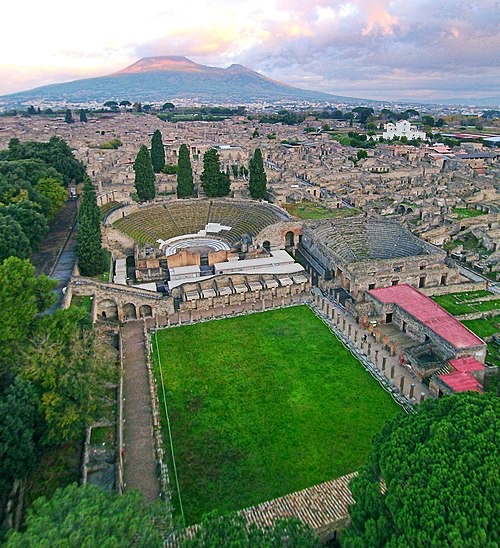
Naples, Italy.
Although pizza was almost certainly born more than 3,000 years ago in ancient Egypt, it’s the single food most firmly associated with Italy, and particularly with Naples. The first documented pizzas were eaten in ancient Pompeii and Herculaneum, where archaeologists have uncovered brick pizza ovens. But it was pizza without mozzarella and tomatoes, which were not yet foods in Italy.
When the Lombards invaded the boot and settled between Rome and Naples after the fall of the Roman Empire, they brought buffaloes with them and produced the first mozzarellas from buffalo milk. Another 1,000 years had to elapse — until 1552, to be exact — before the first tomato would be seen in Europe, when, according to local legend, Neapolitan sailors brought the first seeds back from Peru.
Indeed, pizza remained mostly a local Neapolitan delicacy until the concept crossed the Atlantic at the turn of the last century in the memories of immigrants from Naples who settled in the cities along the eastern seaboard of the United States, especially New York.
The first licensed pizzeria in New York was opened by Gennaro Lombardi, a pizzaiolo from Naples, in 1895 on Spring Street, but others quickly followed in the Italian communities around the city. Still, pizza and pizzerias, later called “pizza parlors,” were little known outside the large cities of the East until after World War II, when returning American G.I.s brought back a taste for the pizzas they’d had in Naples during the Allies’ occupation, along with the assumption that pizza, like spaghetti and meatballs, was a typical Italian dish, instead of a regional one.
In fact, until about 20 years ago, it was next to impossible to find pizza on the menu north of Rome. Today, however, according to Burton Anderson, in his delightful Treasures of the Italian Table (William Morrow, 1994), Italians eat more than 2.5 billion pizzas a year, more than 45 per person, in over 38,000 pizzerie for a profit estimated at more than $6.3 billion. Other statistics report that 82% of Italy’s population chose pizza as their favorite food; 61.8% go to a pizzeria every weekend; and 75% of these eat there; for the other 25% it’s take-home. For comparison, the USA counts some 70,000 pizzerie and Americans eat 3 billion pizzas a year.

A typical “Neapolitan” pizza.
Although the American promotion of pizza has resulted in its becoming an international favorite, from Tuscaloosa to Tokyo, nonetheless, Naples remains “the place” for a pizza, even if Rome has become a serious rival. Some say it’s all in the water, which may explain why Neapolitan coffee is considered the nation’s best, but that’s another story. Naples’ best pizzerias are: 179-year-old Port’Alba; Pasquale Parziale’s O Caffone; Bellini, a favorite with students in spite of its surly waiters; family-run Da Michele, founded in 1870 by Michele Condurro and now run by his great-grandchildren, which serves only pizza margherita (mozzarella, tomato, and basil), Pavorotti’s favorite, and pizza marinara (tomato, garlic, and anchovies); Il Pizzaiolo del Presidente, where Clinton stopped for a snack of margherita piegata in quattro (“folded in four”), considered by the proprietor, Ernesto Cacialli, to be the only real pizza; and Trianon da Ciro, with marble-topped tables and delicious “pizza lasagna.” The owner of Brandi near the San Carlo Opera House is a descendant of the margherita’s inventor’s wife; and Antonio Pace, the owner of Ciro a Santa Brigida claims one of his ancestors invented the “quattro stagioni” or “four seasons” with its four different toppings to please his family’s different palates. The famous house specialty at 50 Kalò (fresh tomato, black olives, capers, mozzarella, and escarole), opened last February by a fourthgeneration pizzaiolo, Ciro Salvo, is to die for.
While Neapolitan pizza has a thick crust, Roman pizza is flat, crispy, and paper-thin. Pizzarium close to the Vatican is tops. Nearby there’s also San Marco. Downtown good choices are Baffetto near Piazza Navona and Li Rioni near the Colosseum. Further afield are Gatta Mangiona in Monteverde, Nuovo Mondo and Remo in Testaccio, and Ivo and Pancotto in Trastevere. Nota bene: New York food critic Ed Levine, author of Pizza: A Slice of Heaven, says the best pizza in the USA isn’t baked in the Big Apple, but in Phoenix, Arizona, by Bronx-born Chris Bianco at his Pizzeria Bianco.
Pizza fans unite! February 9th is International Pizza Day.






Facebook Comments